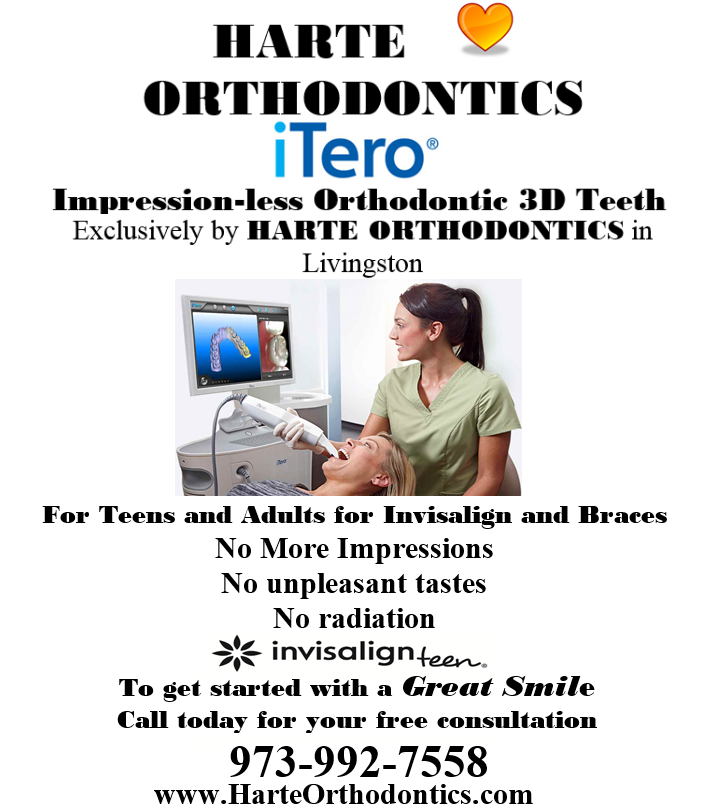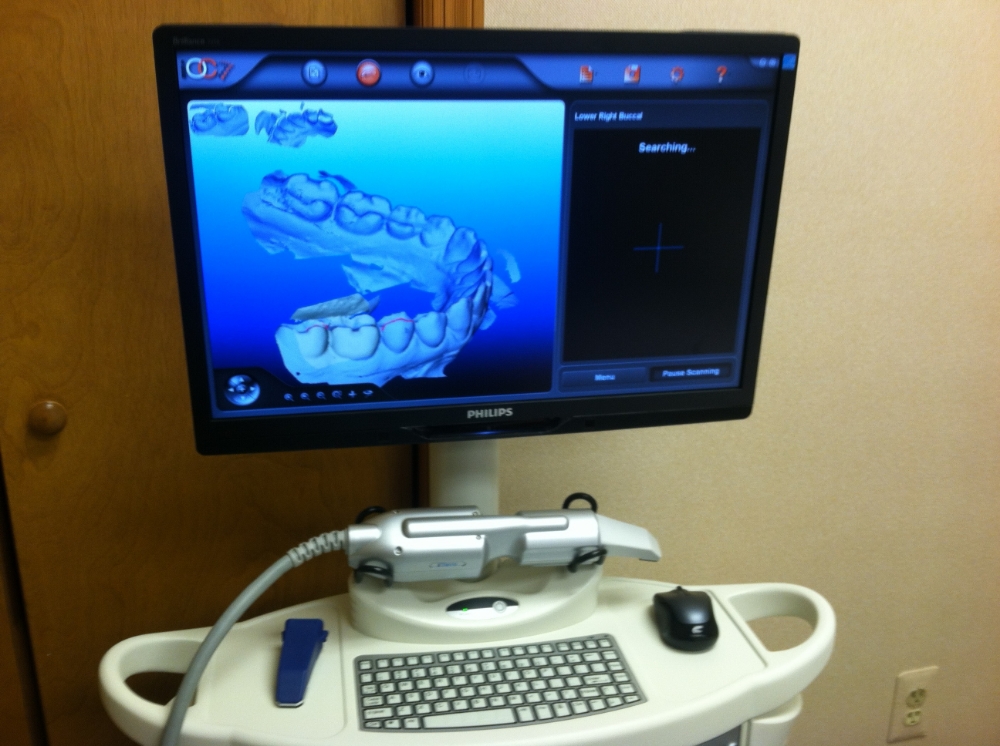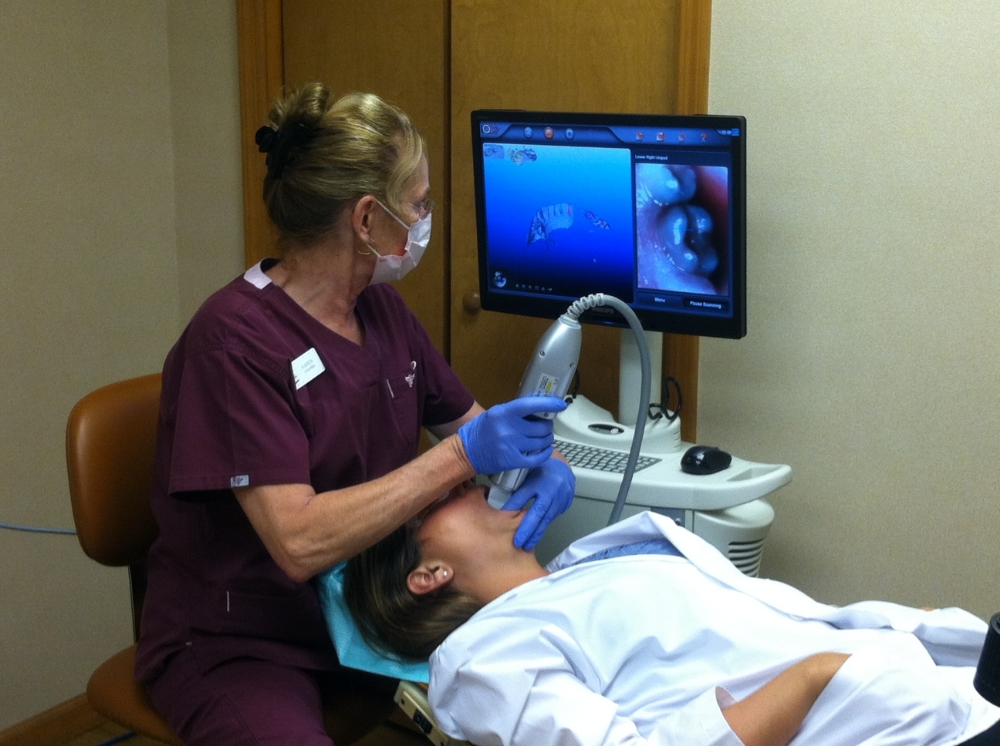Our Blog
Invisalign® Q&A
September 19th, 2013
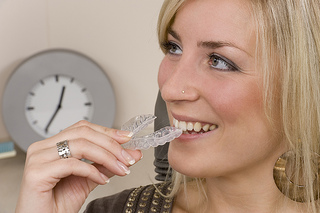
The fact is, most of us aren’t born with a red carpet smile. And that’s where Dr. Douglas and Larry Harte and our team at Harte Orthodontics can help. Of course, orthodontic treatment help make your teeth stay strong, healthy and become perfectly-aligned. But did you know you can get the beautiful straight teeth you’ve always wanted without braces?
We are proud to offer a clear alternative option for straightening teeth called Invisalign, which uses a series of invisible, removable and comfortable aligners that no one can tell you’re wearing. Today, we thought we would answer some of the most common questions we hear about Invisalign!
Q: How is Invisalign treatment different than traditional braces?
A: Not only does Invisalign effectively straighten teeth, Invisalign aligners are comfortable and durable, and provide patients the opportunity to enjoy their favorite activities such as sports and playing instruments, activities that can be challenging while wearing braces. Also, Invisalign's near-invisibility is a popular feature; treatment is very inconspicuous, making it easier to fit in rather than call attention to treatment. And because Invisalign aligners are removable, patients can take remove them at meal times, as well as to properly brush and floss to maintain healthy hygiene during treatment. Finally, Invisalign treatment has fewer emergenies because there are no wires or brackets to break or stick the patients.
Q: How does Invisalign work?
A: Using a series of clear, removable aligners to gradually straighten teeth, we use proprietary 3D computer imaging technology to map the complete treatment from start to finish. When the aligners are placed on the teeth, they cause your teeth to gradually shift from their current position. After approximately two weeks, you will begin using the next set of aligners, which will continue the teeth straightening process, ultimately giving you the smile you've always wanted.
Q: Is Invisalign as effective as regular braces?
A: Yes. Depending on the case Invisalign maybe more effective than braces but in certain cases braces may be the optimal appliance. We recommend that you get a consultation with Harte Orthodontics to see if your case will be best treated with Invisalign.
Q: How long does treatment take?
A: The length of treatment depends on the severity of each case and can only be determined by a visit to Harte Orthodontics during a consultation with Dr. Douglas and Larry Harte.
We hope this helps! If you are interested in learning more about Invisalign, please give us a call at our Spartaor Livingston, NJ office to schedule your initial consultation.
What should I ask during my orthodontic consultation?
September 12th, 2013
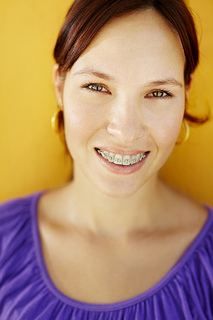
If you have been thinking about undergoing orthodontic treatment to straighten teeth or correct jaw alignment, the first step is scheduling an orthodontic consultation at Harte Orthodontics. During the consultation we will actively listen to your concerns and address all of your questions, as well as discuss a treatment options that would best suit you or your child's situation.
Here are the top five questions that most patients want answered during their initial orthodontic consultation:
- Can I benefit from orthodontic treatment, and if so, how long will it take?
- How frequently will my appointments be scheduled?
- Can I expect any pain when getting braces? (Ask Dr. Douglas and Larry Harte about the ways we address pain management).
- Will I need to have teeth extracted, headgear, expansion appliance, etc.?
- How much will it cost and what payment options do you offer?
Visit our website for more answers to your questions prior to your initial consultation. Dr. Douglas and Larry Harte and our team at Harte Orthodontics are happy to answer all your questions and concerns, and excited to explain all aspects of your treatment plan, as well as the expected outcome. We believe your orthodontic experience should be comfortable, hassle-free, and most importantly, leave you with the smile you've always wanted.
September is Self-Improvement Month!
September 5th, 2013
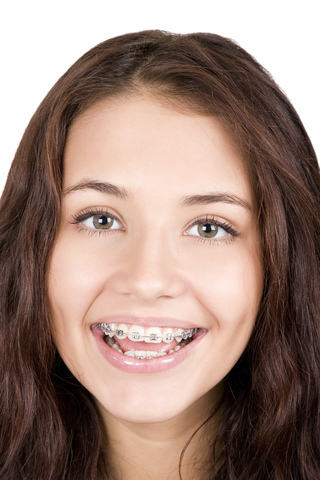
These days, Americans everywhere are putting greater emphasis on health and self-improvement, and more people are seeking orthodontic treatment to improve their smile. September happens to be Self-Improvement Month, and our team at Harte Orthodontics knows that orthodontic treatment is an investment in self-improvement that will provide benefits for a lifetime. Recent advances in orthodontia now make treatment more comfortable for many interested in obtaining that beautiful smile.
Not only does orthodontic treatment give you a beautiful smile, it can also benefit your dental and general health. If teeth are poorly aligned, removing plaque and tartar by brushing and flossing may be difficult. A bad bite may result in fractured or excessively worn tooth surfaces, and the extra stress caused by a bad bite may even result in problems with your jaw joints.
If you’ve been thinking about getting that perfect smile, Dr. Douglas and Larry Harte would love to have you visit for an initial consultation. Please give us a call to schedule a visit! See you soon!

